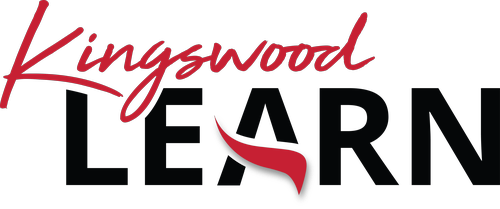
Effective team leadership hinges on communication. It's not just about conveying information but ensuring clarity, fostering understanding, and maintaining engagement. Drawing from Reverend Freed's approach to church planting, Here are a couple of structured communication strategies essential for successful team dynamics.
Crafting a Communication Plan
A well-defined communication plan keeps everyone aligned and informed. Two helpful components Reverend Freed mentioned include:
- Project Management Tools: Utilize tools that provide a clear overview of tasks, responsibilities, and progress. This enhances transparency and aligns the team towards common goals. Tools like Trello or Asana can be invaluable for visualizing tasks and timelines.
- Clear Role Definitions: Each team member must understand their specific role and responsibilities. This clarity prevents overlap, confusion, and gaps in team functioning. Clear role descriptions enhance efficiency and accountability.
Make sure you're creating space for feedback from your team
- Reverend Danielle Freed
Ensuring Clarity and Seeking Feedback
Effective communication is a two-way street involving both conveying and receiving information:
- Reiterate and Confirm: After meetings or significant communications, summarize key points and confirm understanding. This can be achieved through follow-up emails or quick debrief sessions.
- Encourage Feedback: Create an environment where team members feel comfortable sharing their thoughts and feedback. Regular check-ins or anonymous suggestion boxes can effectively gather input and clarify misunderstandings.
Effective communication is the lifeblood of successful team leadership. By implementing these strategies, leaders can foster a more cohesive, efficient, and engaged team.